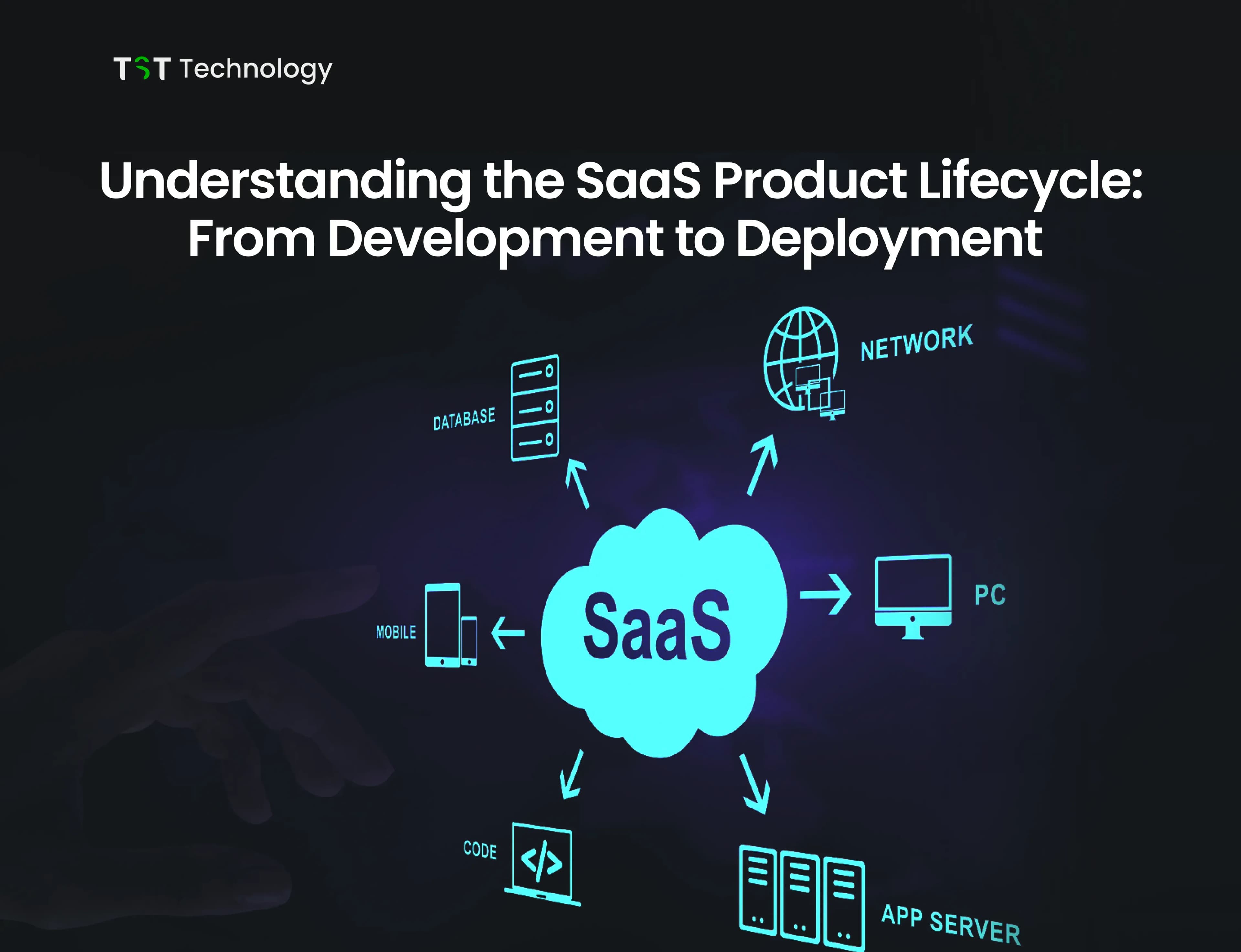Is DevOps really making a big difference in the tech world today?
In recent years, DevOps has changed the way companies build, test, and deliver software. It helps teams work faster, improve product quality, and reduce time to market. Many businesses are now adopting DevOps to stay ahead in the digital race.
In this blog post, we will explore the latest DevOps statistics to understand how it's growing, how companies are using it, and what benefits they are getting.
DevOps Adoption Statistics

DevOps Impact on Businesses and Performance
1) 83% of IT leaders adopted DevOps to bring more value to their business.
2) 99% of companies say DevOps had a positive effect on their organization.
3) 61% of organizations improved the quality of their software after DevOps adoption.
4) 49% of companies saw faster time-to-market for software and services.
5) DevOps is used by 49% of IT teams, making it the top framework (Agile is second at 36%).
6) 85% of companies are expected to go cloud-first by 2025, supporting DevOps growth.
7) 95% of new digital workloads will run on cloud platforms by 2025 (30% up from 2021).
DevOps Adoption Rates and Challenges
1) According to the Puppet report, 80% of organizations are already practising DevOps in some form.
2) According to the Harvard Business Review report, 77% of companies rely on DevOps or plan to use it soon.
3) 74% of companies had adopted DevOps in 2022, compared to 47% five years earlier.
4) 50% of DevOps adopters are elite or high performers, showing strong improvement.
5) 38% of organizations say they use DevOps partially, while 15% are still planning, and 9% haven’t started yet.
6) 46% of companies say cultural resistance is the biggest challenge in DevOps adoption.
7) 38% say legacy systems make DevOps adoption difficult.
DevOps Trends, Tools, and Workforce
1) DevOps engineer job demand has grown by 18% every year since 2020.
2) By 2027, 80% of companies will include DevOps platforms in their toolchain (up from 25% in 2023).
3) DevOps helps reduce IT support time by 60%, saving cost and effort.
4) DevOps allows 33% more time for developers to focus on building apps.
5) 94% of businesses say platform engineering helps them get better results from DevOps.
Benefits of DevOps (Statistics)

Faster Development, Deployment & Recovery
1) 86% of professionals support DevOps culture because it helps in faster software development and release.
2) Top DevOps teams restore services in less than one day after a problem or system failure.
3) DevOps performers have a change failure rate below 15%, which means fewer issues during updates.
4) DevOps teams deploy code changes multiple times a day, not just once in a few weeks or months.
5) 54% of engineers use DevOps to manage containerized applications, which need a fast and flexible setup.
6) DevOps helps companies spend 33% more time improving infrastructure, rather than just fixing problems.
7) 29% of IT teams have recently hired a DevOps engineer, showing how important the role has become.
8) 83% of developers perform DevOps-related tasks as part of their daily work routine.
9) 94% of companies say platform engineering helps them get the full benefits of DevOps, such as better speed and quality.
Productivity, Reliability & Team Efficiency
1) 60% of DevOps users see better system reliability, 59% report higher productivity, and 57% enjoy smoother workflows.
2) Up to 99% of companies using DevOps have seen positive results, showing high satisfaction levels.
3) 61% of organizations say DevOps improved product quality, thanks to better testing and faster fixes.
4) 49% of businesses using DevOps release software faster, helping them respond to market needs quickly.
5) 68% of IT teams use DevOps practices for continuous learning, helping them grow skills and handle complex systems better.
6) Traditional operations are 41% more time-consuming compared to DevOps-based approaches.
7) Teams using traditional operations spend 21% more time solving urgent issues, reducing time for innovation.
8) DevOps teams spend 60% less time on support tickets, so they can focus on real improvements.
9) On average, traditional teams spend 7+ hours per week just on communication, which DevOps helps reduce.
10) Only 17% of DevOps teams strike a good balance between speed, reliability, and performance- there's still room to grow.
Insights from Industry Reports
1) According to the DORA report, DevOps "elite" teams recover from incidents 2,064 times faster than low-performing teams.
2) According to the IBM report, Companies using DevSecOps avoid major security issues, while others risk losing $4 million per data breach.
3) Puppet’s 2023 DevOps report showed elite teams deploy on demand, fix issues in under an hour, and fail less than 5% of the time.
DevOps Market Statistics

Global Market Growth & Trends
(1) The DevOps market size was $10.4 billion in 2023 and is expected to reach $25.5 billion by 2028.
(2) The DevOps market will grow at a CAGR of 19.7% from 2023 to 2028, driven by faster software delivery demands.
(3) In 2019, the DevOps market was worth over $4 billion, showing rapid growth in just a few years.
(4) The on-premise DevOps market could reach $45 billion by 2032, due to growing privacy concerns in cloud environments.
(5) North America holds 38.5% of the global DevOps market as of 2023, making it the largest region for DevOps adoption.
(6) The Asia-Pacific DevOps market is set to grow by 25% by 2028, showing strong regional interest.
(7) In Germany, the IT and telecom sectors held around 30% of the DevOps market share in 2021.
(8) In Brazil, large enterprises in the DevOps market are expected to grow at a 20% CAGR by 2028.
(9) The DevOps software tools market in Europe grew to $2.8 billion in 2020, with consistent double-digit growth.
(10) Over 90% of companies say DevOps helps them stay competitive in the market.
(11) The management DevOps solutions segment in the US had 65% of the market in 2021, and continues to grow.
Industry Adoption & Team Dynamics
(1) 39% of DevOps organizations, including SaaS services, are from the software/hardware industry.
(2) DevOps is popular across industries, including tech, healthcare, non-profits, and energy.
(3) Most DevOps engineers work in companies with 100 to 1,000 employees, especially in the 100–249 range.
(4) Only 16% of DevOps professionals are in companies with over 10,000 employees, showing strong adoption in midsize firms.
(5) 75% of DevOps teams consist of up to 12 members, making them small and agile.
(6) 85% of DevOps professionals plan to move toward a shared services model soon.
(7) Public clouds are the most common DevOps platforms, while hybrid and multi-cloud strategies are also rising.
(8) More than 80% of organizations practice DevOps today, and this number is expected to reach 94% soon.
(9) Only 3 out of 10 organizations can accurately track cloud expenses, showing a major optimization opportunity.
(10) Organizations with DevOps culture can spend 33% more time improving infrastructure and performance.
DevOps Growth Statistics

I) In 2023, the market was valued at $10.4 billion, showing a steady rise year by year.
II) IDC reported that DevOps software tools in Europe alone reached $2.8 billion in revenue in 2020.
III) Global Industry Analysts Inc predicted that the DevOps market will be worth $17.6 billion by 2026, based on a 2021 study.
IV) By 2023, 85% of DevOps teams started using more than one observability tool, but only 14% were satisfied with their Mean Time to Resolve (MTTR).
V) Around 61.21% (132,180 companies) using DevOps tools are based in the United States.
VI) The United Kingdom has 8.77% (18,950 companies) using DevOps technology.
VII) India also shows strong adoption, with 6.8% (14,685 companies) using DevOps services and tools.
VIII) A Gartner report warns that scaling DevOps too quickly can sometimes backfire and reduce efficiency.
IX) In Q1 2023, Microsoft Azure DevOps revenue grew by 31.8%, showing its rising demand in development and deployment services.
X) The DevOps tool market for automating software build and testing is forecasted to reach $2,276 million by 2030, with a CAGR of 11% from 2022 to 2030.
XI) A Gartner survey found that 39% of businesses have already adopted industry cloud platforms, many of which are DevOps-based. Another 17% plan to do so by 2026.
XII) Currently, 15% of businesses are in the DevOps planning stage, while 9% haven’t started yet, showing more scope for future adoption.
XIII. According to Google, 86% of companies know that fast software delivery is important, and DevOps is the right solution for this challenge.
DevOps CI/CD (Continuous Integration/Continuous Delivery) Statistics

I) CI/CD tools support faster, more reliable software delivery, helping dev and ops teams collaborate better.
II) The CI tools market was worth around $970.52 million in 2022, and it’s expected to grow to $4.38 billion by 2031.
III) Another report says the CI tools market was $1.4 billion, and could reach $3.72 billion by 2029, growing at a 21.18% CAGR.
IV) ResearchAndMarkets projects the DevOps market will grow at a 20.1% CAGR, reaching $38.11 billion by 2029.
V) Jenkins is the most used CI/CD tool, with 46.35% of the market share.
VI) Bitbucket by Atlassian holds 18.61% market share, while CircleCI has 5.72%.
VII) A Mabl survey of 500 testers showed that 53% of teams use Continuous Integration, and 38% use Continuous Delivery.
VIII) However, only 29% of teams have implemented full Continuous Deployment, showing room for improvement in their DevOps implementation.
IX) According to DORA, teams using CI/CD and version control deliver software 2.5x faster than traditional teams.
X) Top-performing DevOps teams using CI/CD tools are 1.4x better at meeting goals and ensuring client satisfaction.
XI) By 2026, 40% of organizations are expected to adopt DevSecOps, bringing security into the CI/CD process from the start.
DevOps Usage Statistics
Adoption and Organizational Impact

(1) 99% of people said DevOps had a positive impact on their organization. This shows how effective DevOps is.
(2) 78% of professionals had to learn new skills to adopt DevOps successfully, showing it's a growth journey.
(3) 48% said that learning DevOps helped them get a salary raise or career boost.
(4) 61% of respondents noticed that DevOps helped them deliver better-quality products.
(5) 49% said DevOps allowed them to release products faster, improving time to market.
(6) 49% also reported that DevOps improved their release cadence (frequency of releasing updates).
(7) 69% of companies now have DevOps in team names or job titles, showing how widely it’s being adopted.
Tools, Duration, and Deployment Trends

(1) 46% of organizations have been using DevOps for less than 3 years, showing it’s still new for many.
(2) 54% have used DevOps for over 3 years, indicating it's becoming a long-term strategy for many firms.
(3) On average, teams use 10.3 different tools in their DevOps toolchain, showing a wide tech stack.
(4) Over 80% of teams use tools for code management, development, review, and performance monitoring.
(5) Other popular deployment targets include SaaS (47%), cloud VMs (42%), mobile devices (33%), and bare metal servers (31%).
(6) Only 3 out of 100 people said DevOps didn’t benefit their organization, showing an over 97% approval rate.
Conclusion
DevOps is growing fast and helping businesses work smarter and deliver better software. The stats clearly show how DevOps brings speed, quality, and teamwork into development processes. If you're not using DevOps yet, now might be the right time to explore it.
Have questions or need DevOps solutions? Contact us- we’re here to help!
Thanks for reading! Stay tuned for more useful content- see you soon!



























































